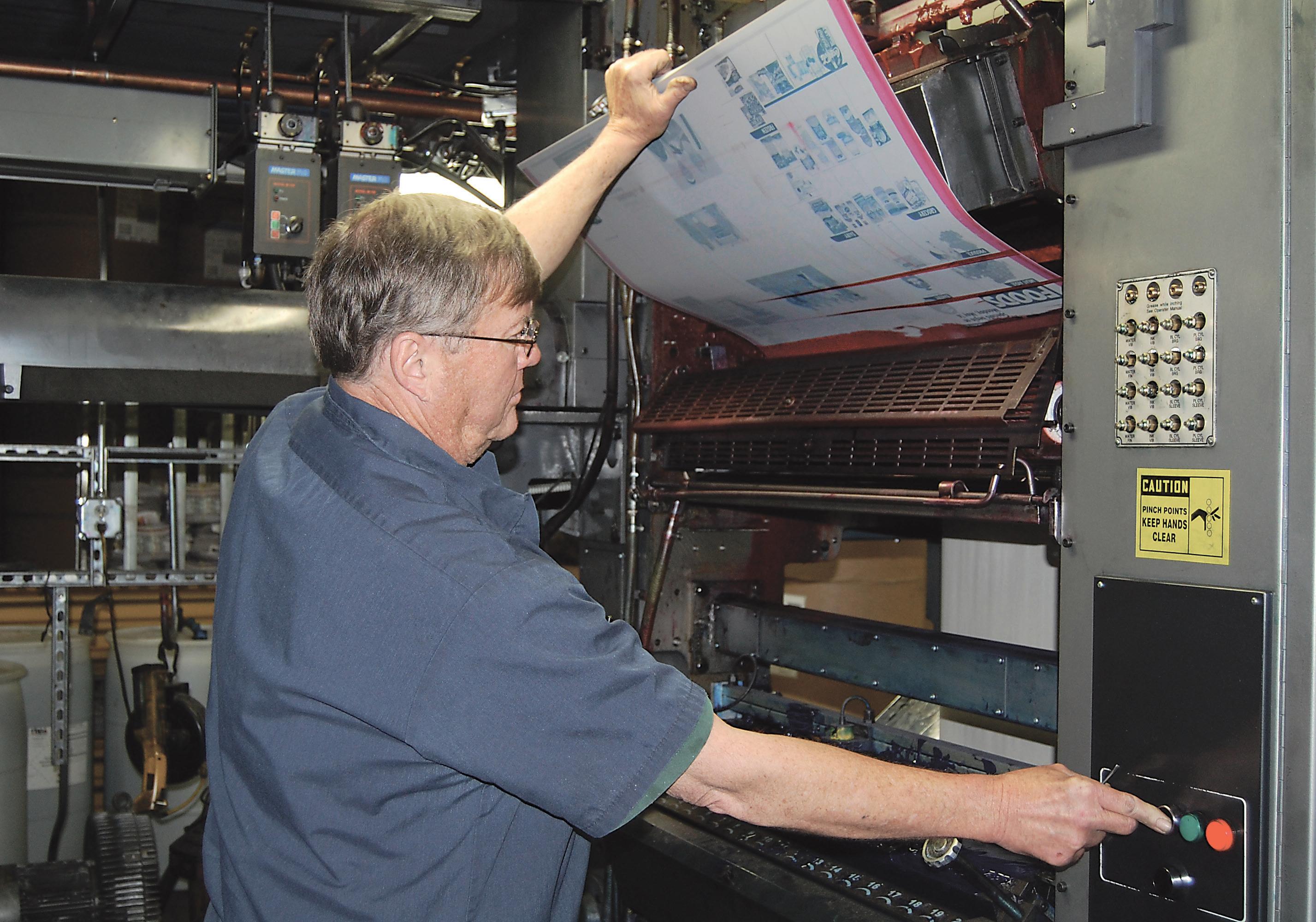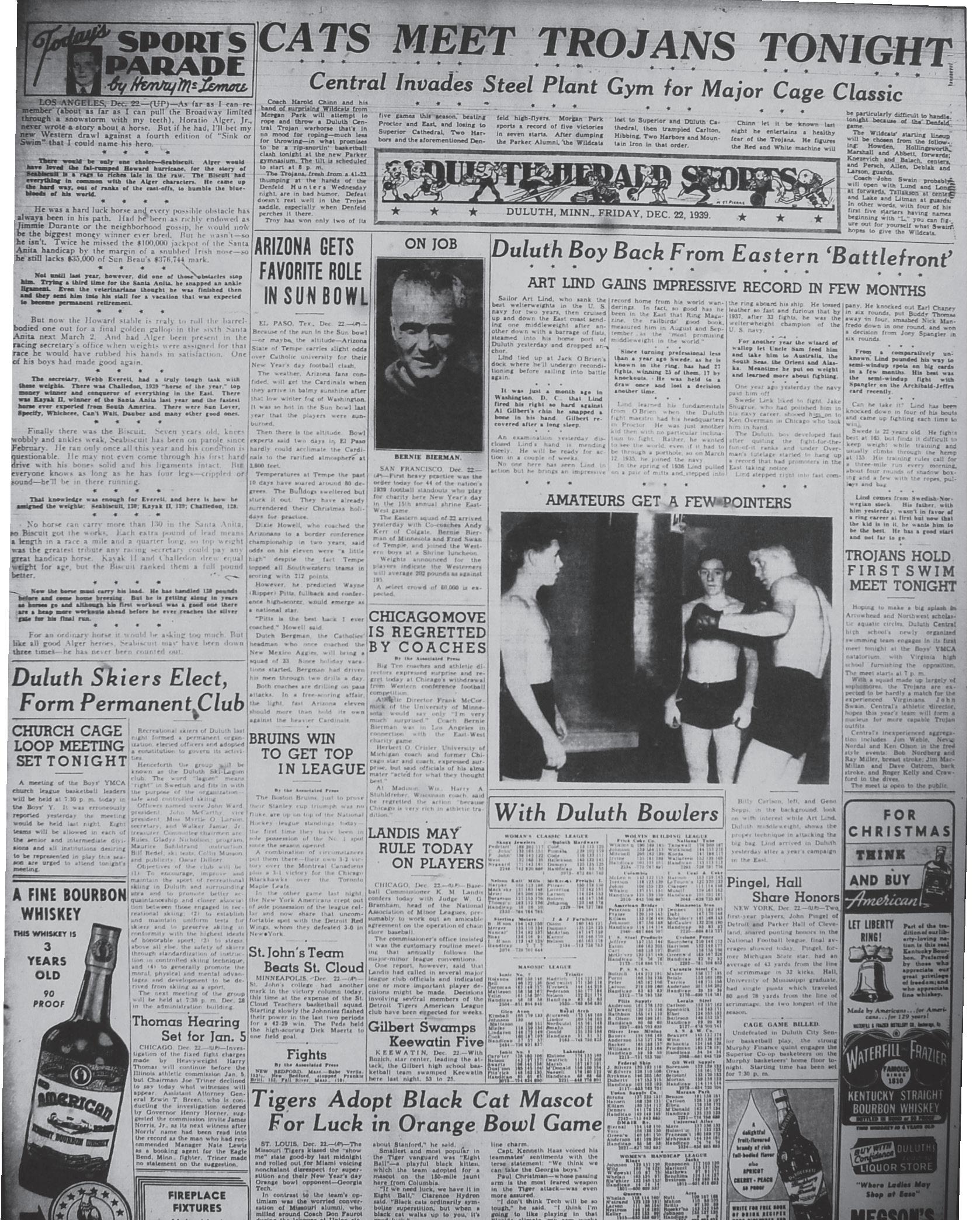
4 minute read
DULUTH RELICS HISTORY PRESSED INTO PAPER
But once in better light, three dollars seemed a bargain. On the first giant cardboard sheet, an entire newspaper page emerged, not printed on the surface of the board, but each individual Times New Roman letter sunk neatly into the board to create a relief, so the words could be touched as well as seen. The date at the top explained why the entire format of the page seemed foreign to my modern eyes: Dec. 22, 1939.
Even had the date not been present, a quick scan revealed it was not from the present day. It was the front page of the sports section. The headline read “Cats Meet Trojans Tonight: Central Invades Steel Plant Gym for Major Cage Classic,” a pre-game article for a basketball game between Central High School and Morgan Park High School, both now closed (Central in 2011, Morgan Park in 1982).
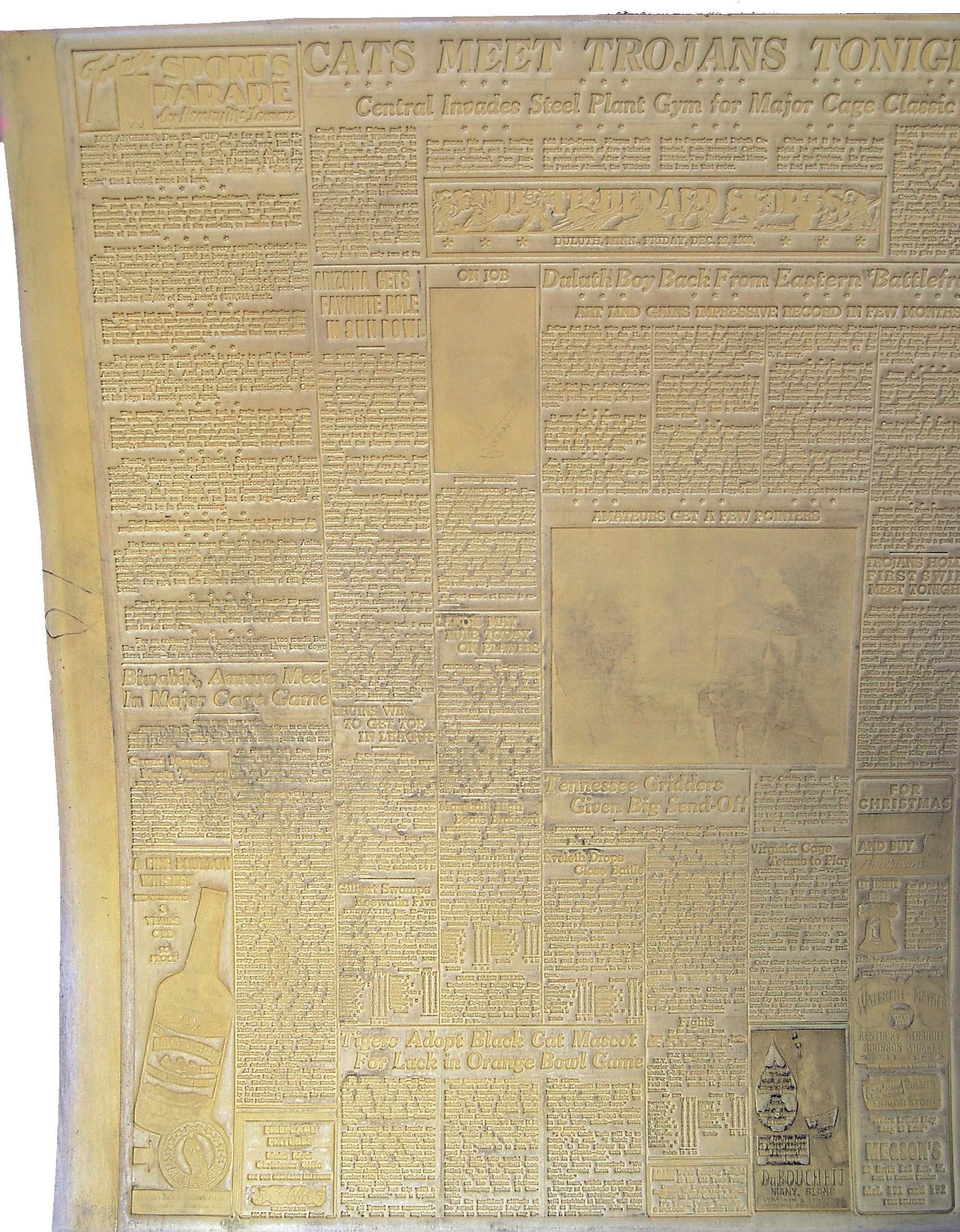
On the national front, the Sun Bowl was in the news with the headline: “Arizona Gets Favorite Role in Sun Bowl.” The resulting game between Arizona State Teachers College and the Catholic University Cardinals was notable for being the only Sun Bowl game in history to end with a 0-0 score.

But it’s the article under the title “Today’s Sports Parade by Henry McLemore” that really reveals the newsprint’s age. The column’s subject is none other than Seabiscuit, the unusually small racehorse who became a symbol of hope during the Great Depression. McLemore’s column tells us that at the ripe old age (in horse years) of seven, Seabiscuit was training for the March 2, 1940, Santa Anita Handicap. Twice before, Seabiscuit had lost the race by a nose, and now he was not only the oldest horse on the track, he was recovering from a torn ligament. It was the perfect underdog story.
Seabiscuit did go on to win that race.
The cardboard sheets, I later discovered, were called “flongs,” an important step in the printing process of the time. Before today’s electronic age, each individual letter was carefully placed by hand into a “forme”– a box that held the type. In order to free the forme for other uses, a copy was made from papier-mâché (and later rubber), which was then used to create the metal stereo plates used on the
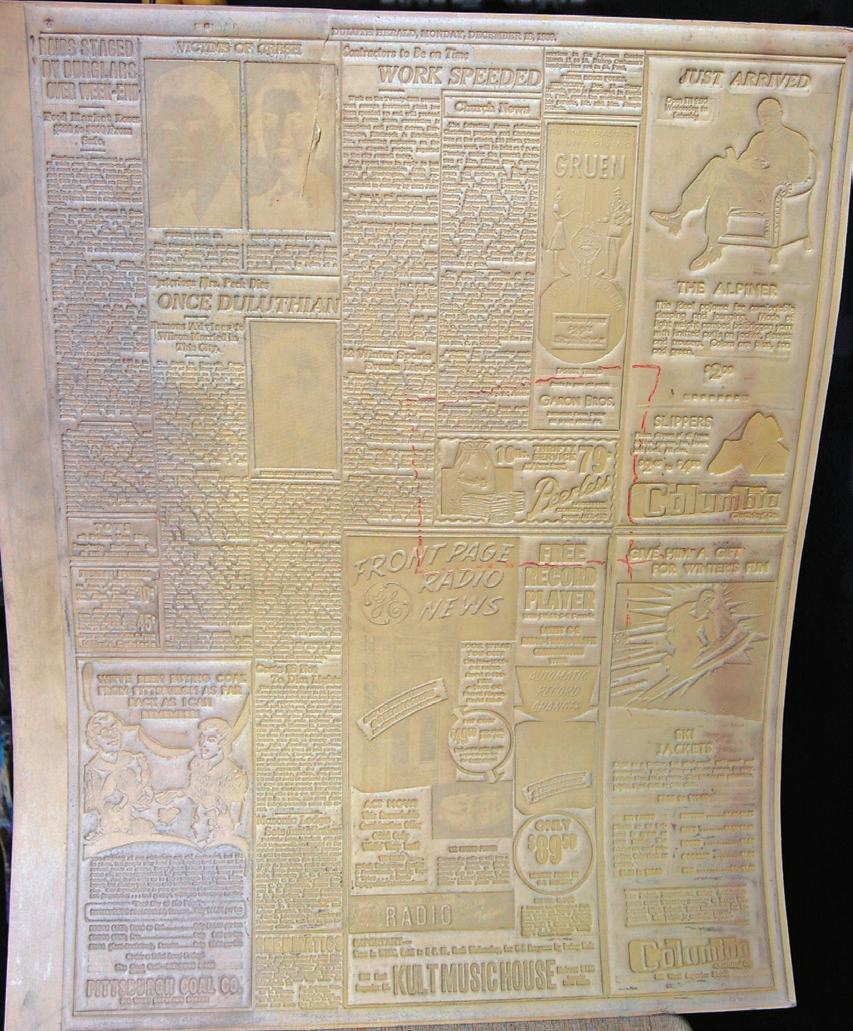
Bovano & other artisan metal wall art work.
Beautiful - Decorator Collectibles; David Frykman, Fenton Art Glass, “Just The Right Shoe”, to name a few. Plus, puzzles, gift items and custom cabinets & furniture.
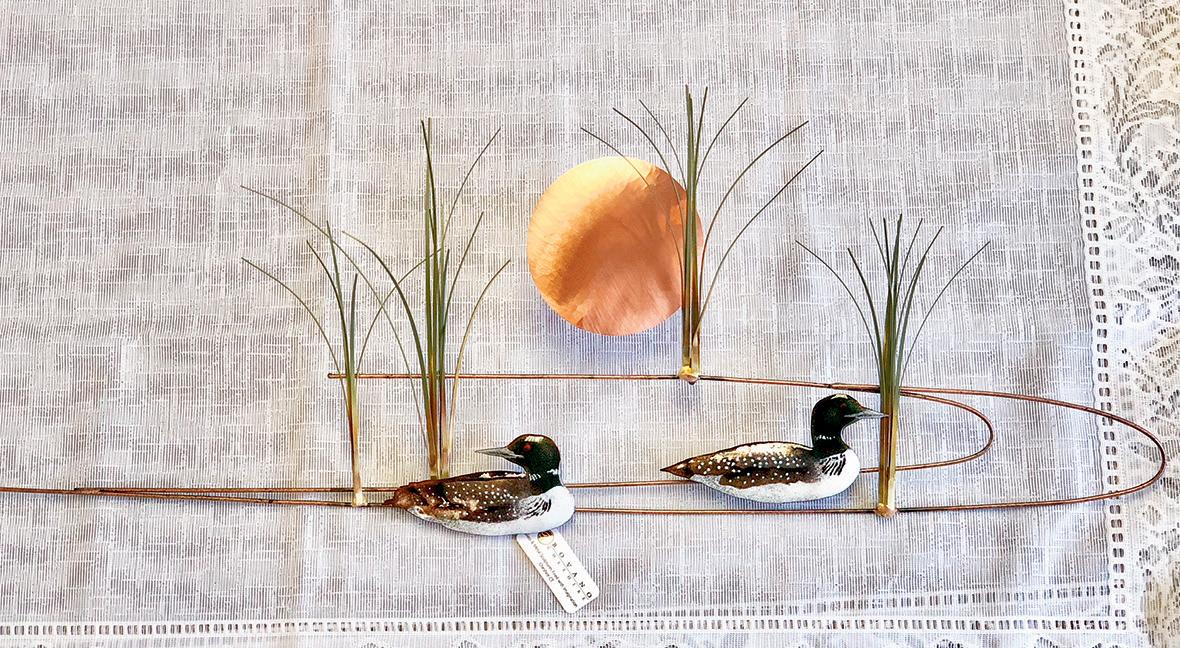
Park & Heritage curtains & accessories.
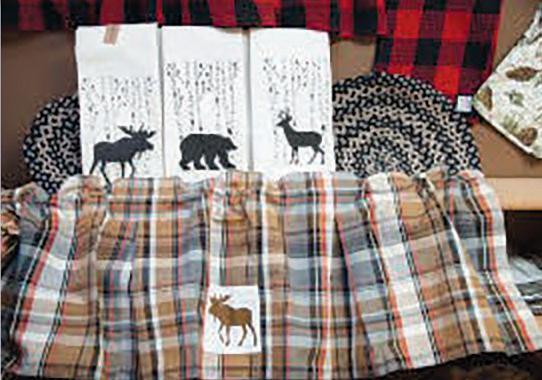
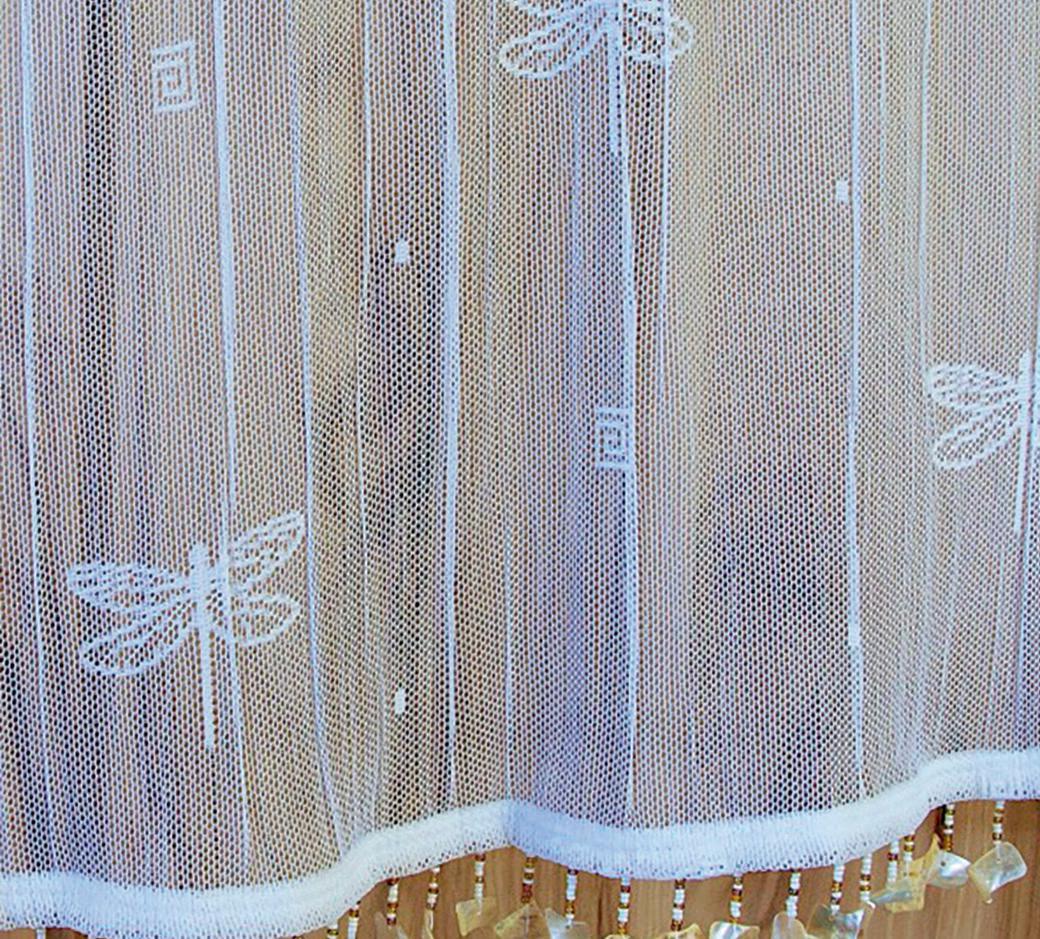
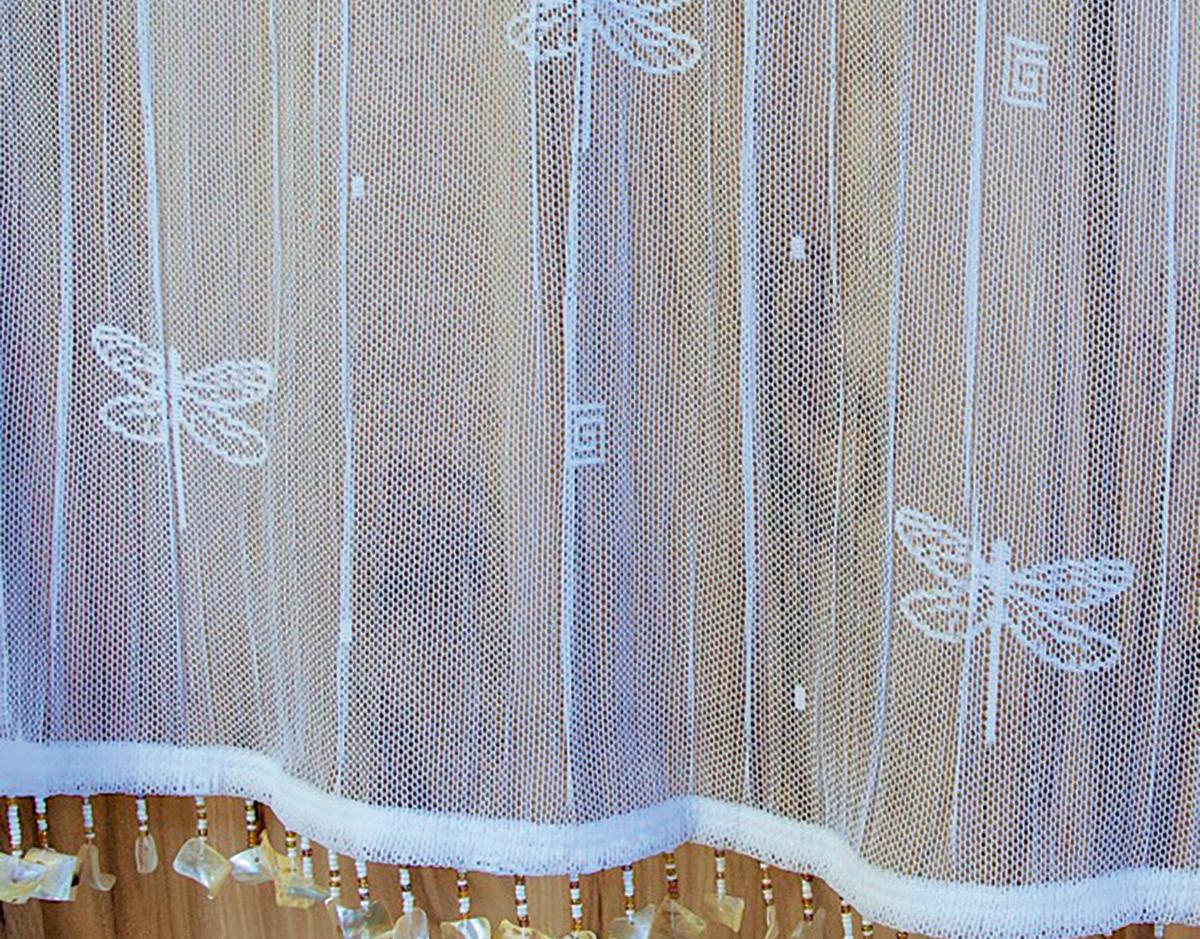
Decorator lamps & shades.
5105 Miller Trunk Hwy.
Duluth, MN 55811
Shop: 218-729-7175
Direct: 218-390-1312 www.woodmagic.org
“One of a kind”
Gifts to Home store.
Margaret Taylor Owner Custom Cabinets
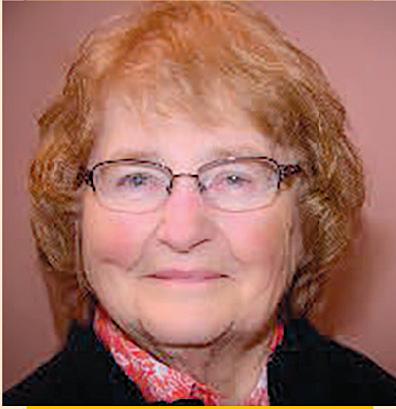
printing press. The entire process was called stereotyping, and is indeed where the modern idea of a “stereotype” originates from.
In the world of newspaper printing — where a new plate was needed every day — the metal plates were heavy and too unwieldy to store long term, so were usually melted down to be reused. The flongs, on the other hand, were easily stored in case another metal cast needed to be made.
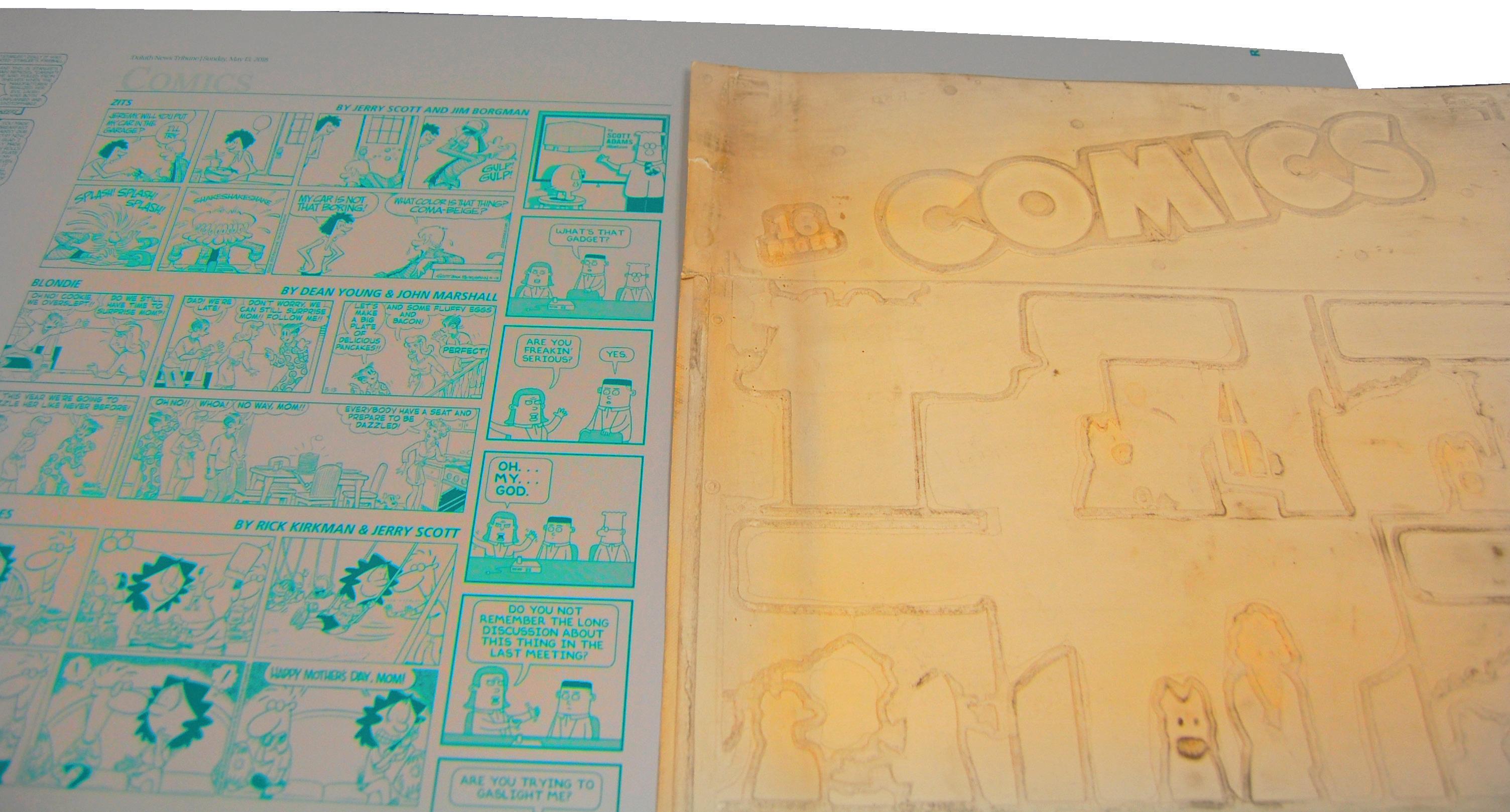
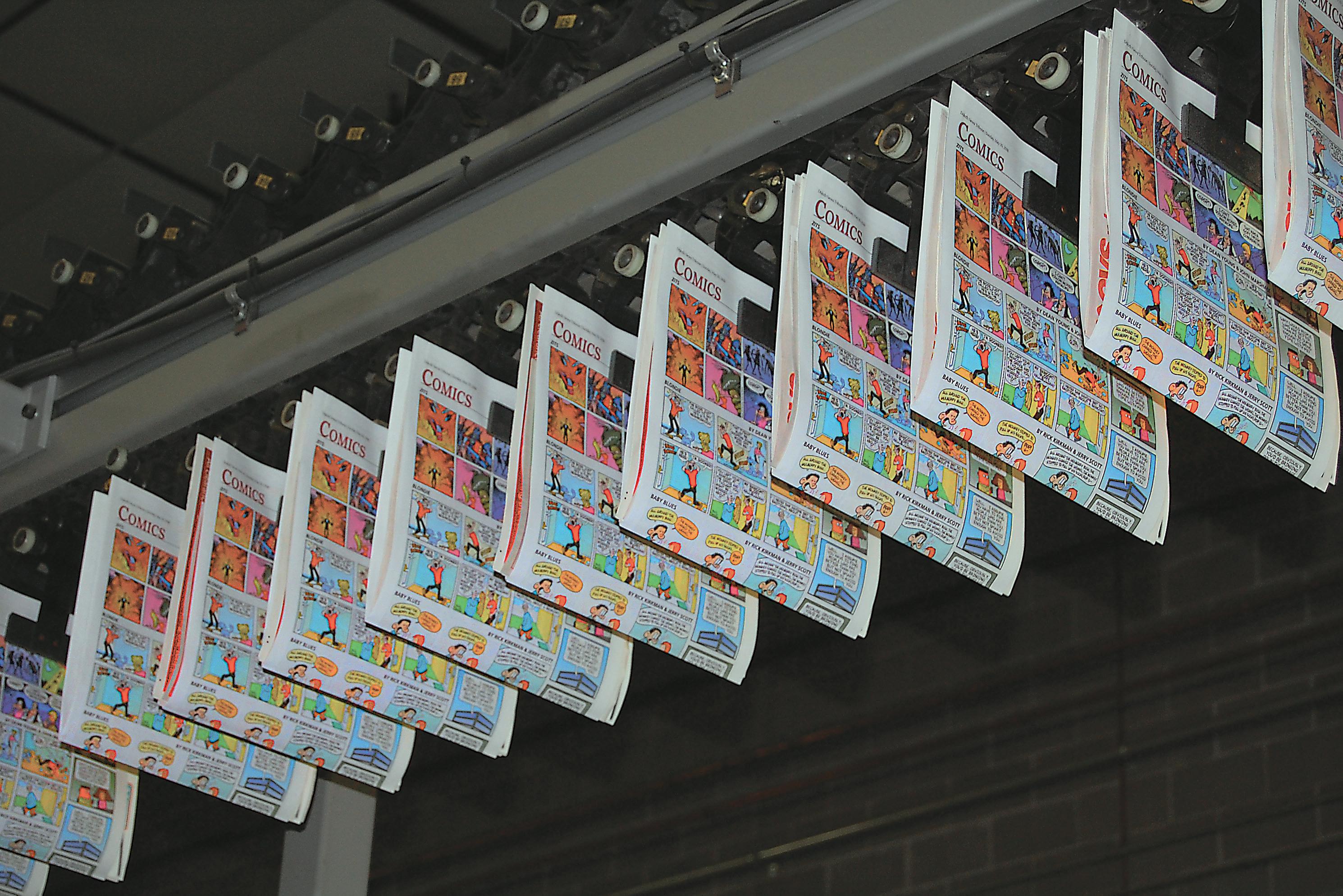
Of the five flongs I purchased, two were pages from the news, clearly displaying their origin: The Duluth Herald. Many longtime Duluthians might remember this paper — it was an evening paper that ran until 1982, when it merged with the Duluth News-Tribune to become the Duluth
News-Tribune & Herald — today’s Duluth News Tribune. The second news page was also from 1939, but a few days earlier – Monday, Dec. 18. It was page four of the front section and included news of continued work on the “Twenty-fifth avenue west sewage treatment plant” — still the location of what is now called the Western Lake Superior Sanitary District (WLSSD).
Perhaps because Christmas was looming, ads dominated the page. Some were for well-known Duluth stores that remain in business today, such as Columbia Clothing Company. It is now known as Ed Barbo’s Columbia Clothing, but impressively resides in the same location, 303 W. Superior St. Other ads are from businesses long forgotten (does anyone remember Kult Music House across from Hotel Duluth?), and those lost within recent memory, such as the East Fourth Street Daugherty Hardware Company, closed in 2008 and now an office building for Essentia Health.
The other three flongs were from the Jan. 5, 1941, Sunday comics page of the Duluth News-Tribune. Since each plate represented only one of four colors that would end up on the comic page, it was harder to tell what comic they were from. A date and one-word description helped identify the comic “Thimble Theatre,” the earliest version of the Popeye comics when he was but a side character and Olive Oyl the star of the show along with her long-forgotten brother, Castor Oyl. Another was easily identifiable as “Little Orphan Annie” and the third as a full page “Ripley’s Believe It or Not.”
“We still print the comics page using only four colors,” said Michelle VanDell, plant manager at the Forum Communications Printing facility. “Each of the four plates prints a series of different colored dots onto the page. Together they create all the colors seen on the comics page.” The plates are made of aluminum photopolymer now, the words and images burned into the plate with lasers rather than pressed, but the end result looks remarkably similar.
Jim Hill, a journeyman press operator who began working for the Duluth News Tribune in 1978, had never seen a flong like my antique store find. He recalled an oldtimer telling him about a printing press in the downtown News Tribune building, next to the main press that the paper had utilized until 2012. “He said there had been a smaller press dedicated to comics, but that disappeared before my time,” Hill said. “I think it was in what is now the exercise room.”
